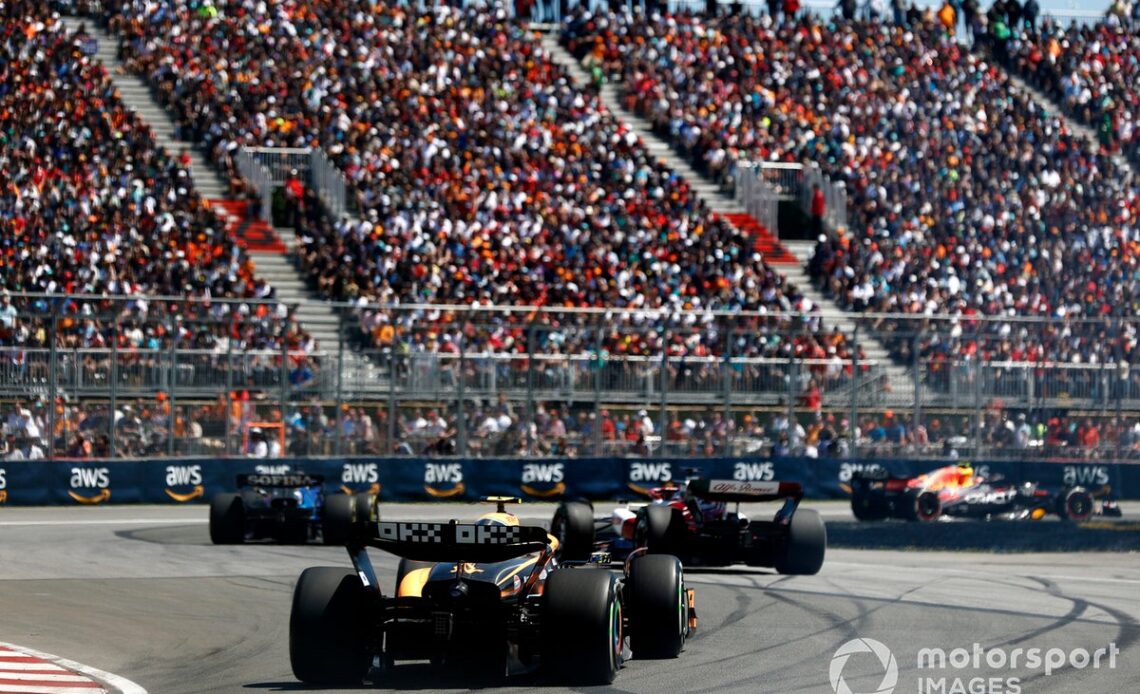I once read that aeroplanes are like people, they get fatter and bigger with time. And you could say the same about racing cars.
This year’s Formula 1 cars are the heaviest ever at 798kg, which is a big increase on when I raced in F1 12 years ago. Back then, the Virgin VR-01 was 620kg including the driver and even lighter before that. Now, several teams are still working to get down to that minimum weight limit. This trend has everything to do with how the technical regulations have been written by the motorsport governing body.
PLUS: The overlooked flaws of the 2022 F1 cars that Baku will expose
It’s not a natural route to go bigger and heavier as F1 has done. If it was left free for F1 teams to choose, I’m sure they would go for a lighter car with the most power dense engines available, contrary to what they have now. The lighter the car, the better, for many reasons.
To explain this, first remember that weight and mass aren’t the same. Whereas mass is the sum of atoms that make up an entity, or its inertia, which remains the same no matter what force is acting upon it, weight is the product of gravitational force acting upon a mass. Why does this matter?
General common sense tends to think that a vehicle mass will act most on the car in linear acceleration, the heavier the car the slower it accelerates. But actually, at high g, corners are where the mass is really felt: a 4G high-speed corner will have the inertia four times stronger than its normal vertical force.
In a nutshell, the more g-force a race car can generate in a corner, the more the mass has a negative effect. Of course, this is oversimplified as centre of gravity, weight distribution and other factors must also be taken into consideration.
Another hugely negative effect of a heavier car is in a crash. The total car energy to be dissipated is a function of the mass and the square of the speed. The heavier the car, the worse the crash.
Today’s F1 cars are easily the heaviest-ever
Photo by: Andy Hone / Motorsport Images
The effect weight has is most clearly demonstrated by the difference in lap time between qualifying and the opening laps of a race on full fuel, when the same car is several seconds per lap slower. As soon as you don’t have as much weight, the car corners better, accelerates better and brakes better. It comes alive. The difference for the driver is very clear.
If you have understeer, this only increases with more weight. It’s the same with oversteer. When…
Click Here to Read the Full Original Article at Autosport.com – Formula 1 – Stories…

